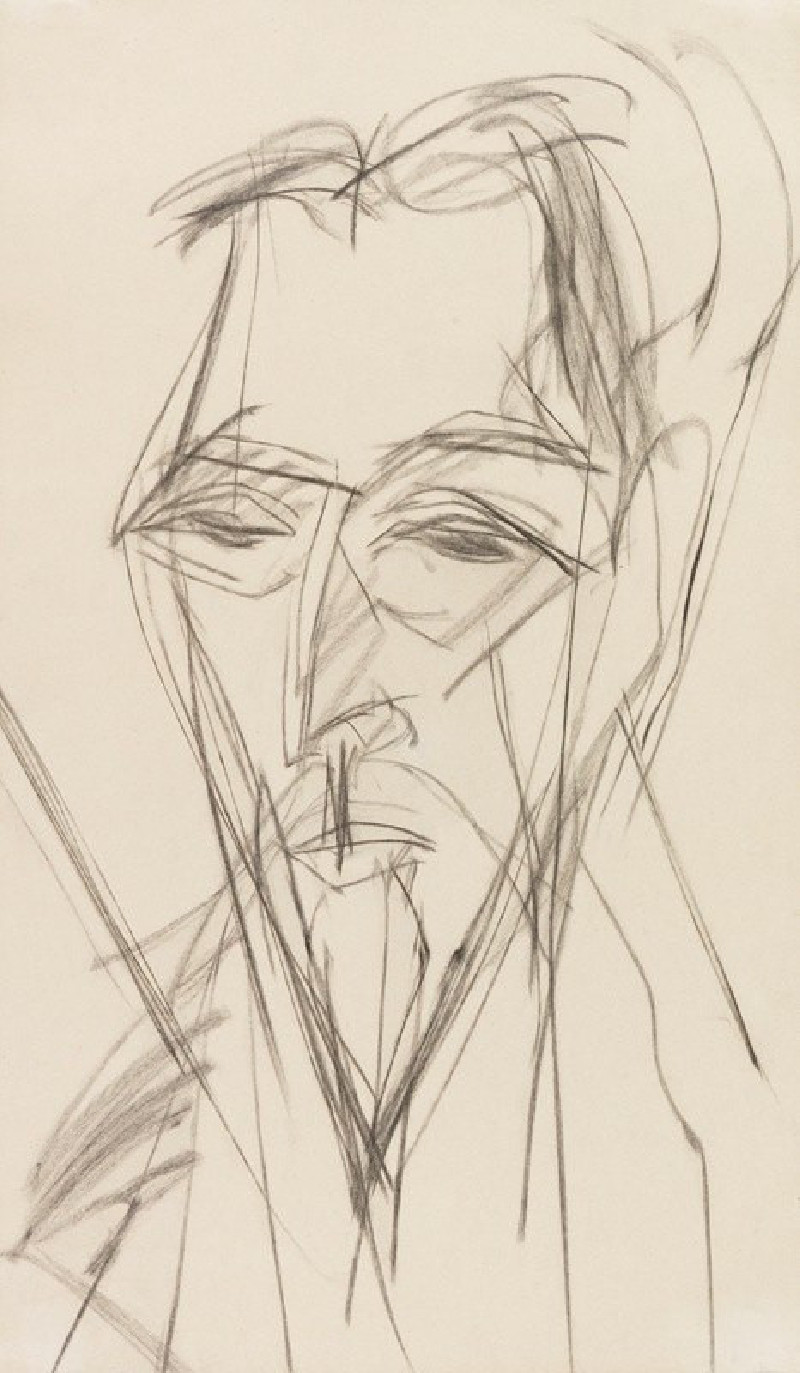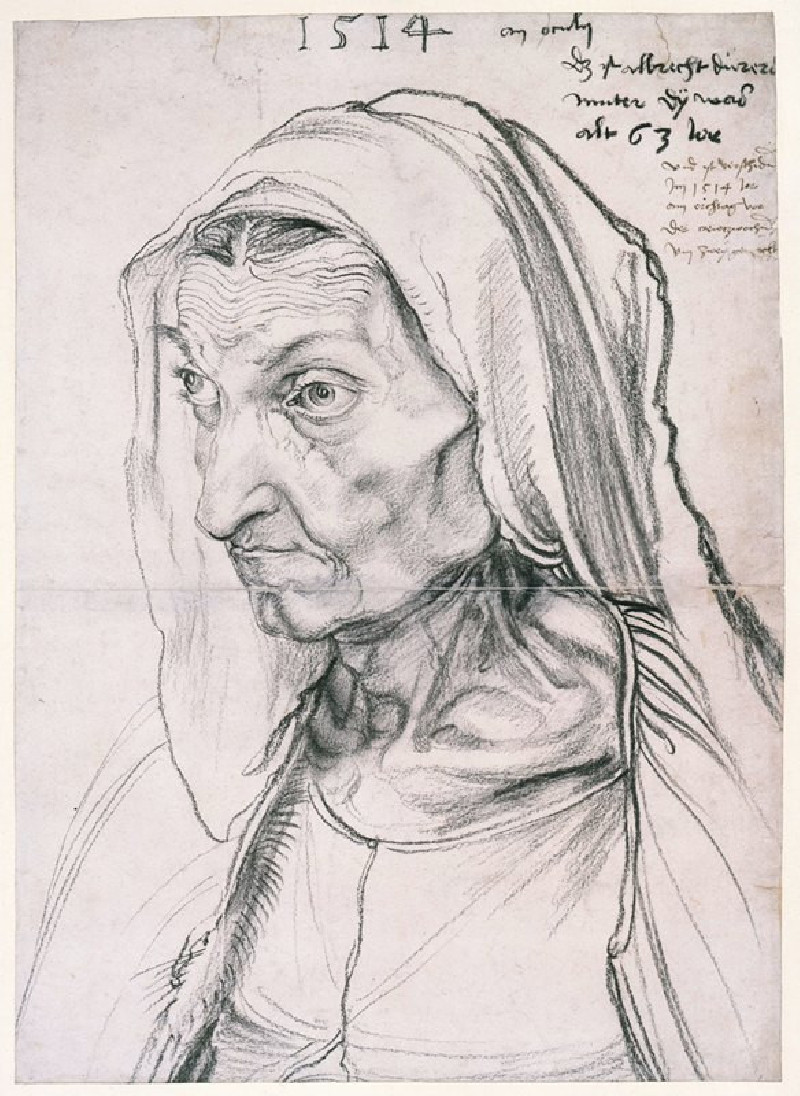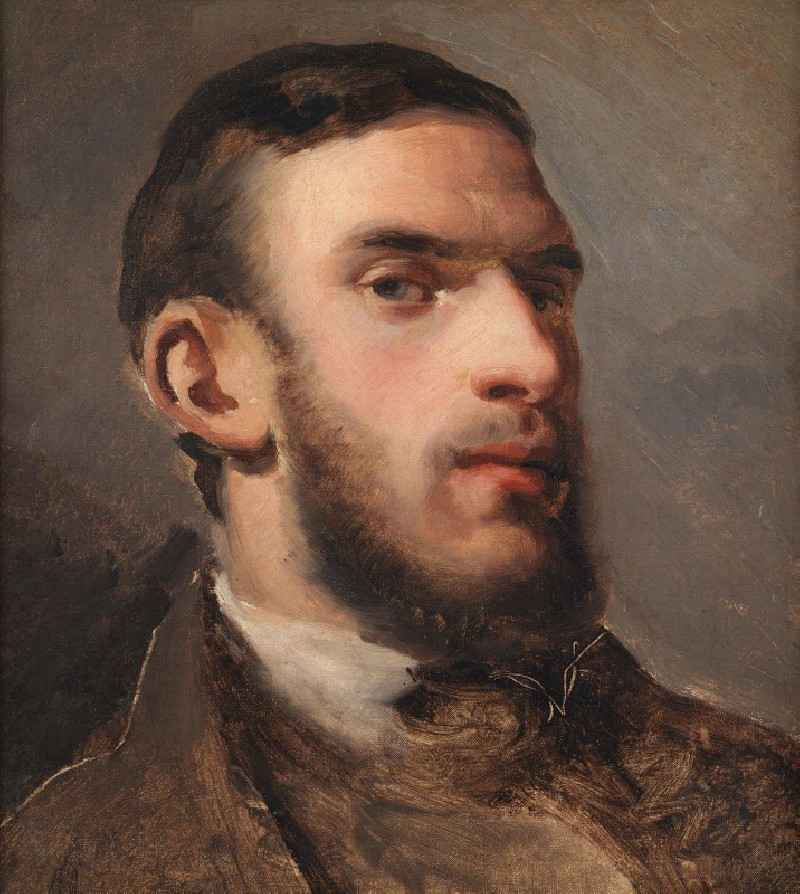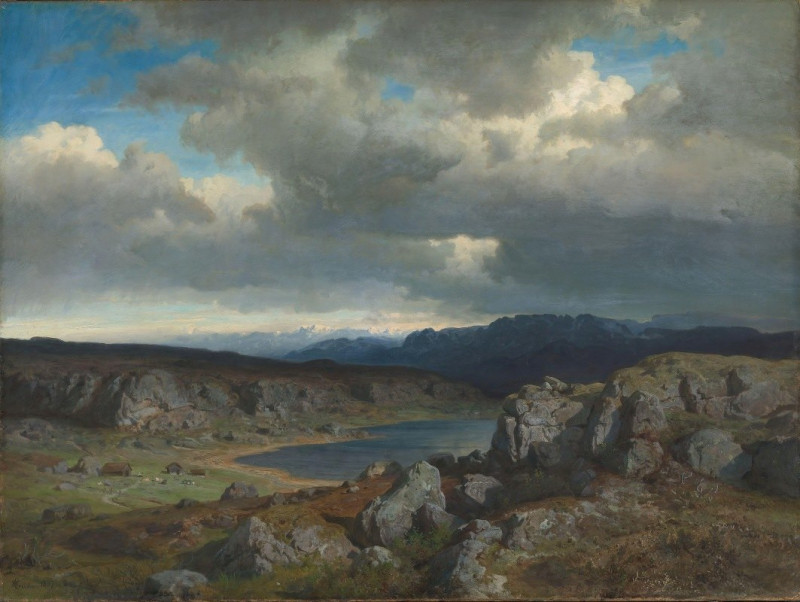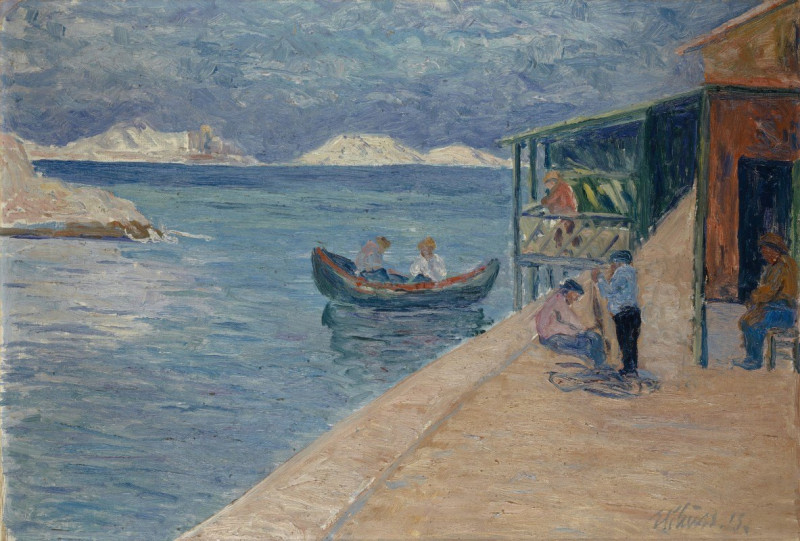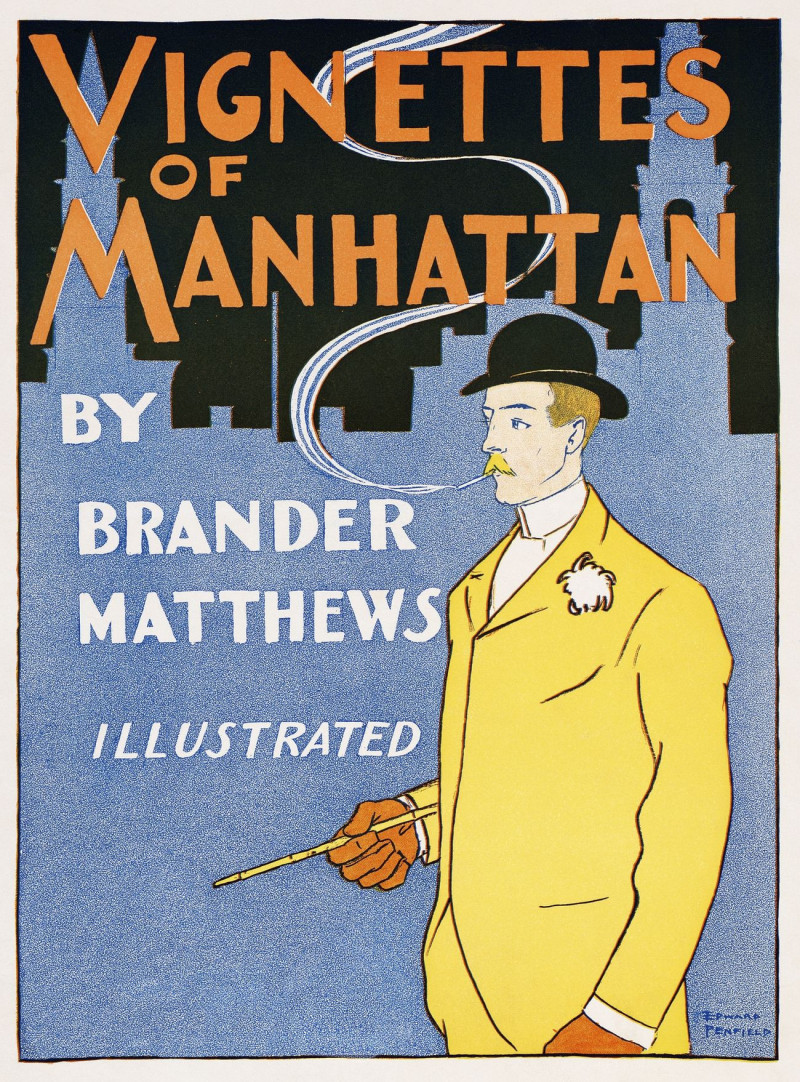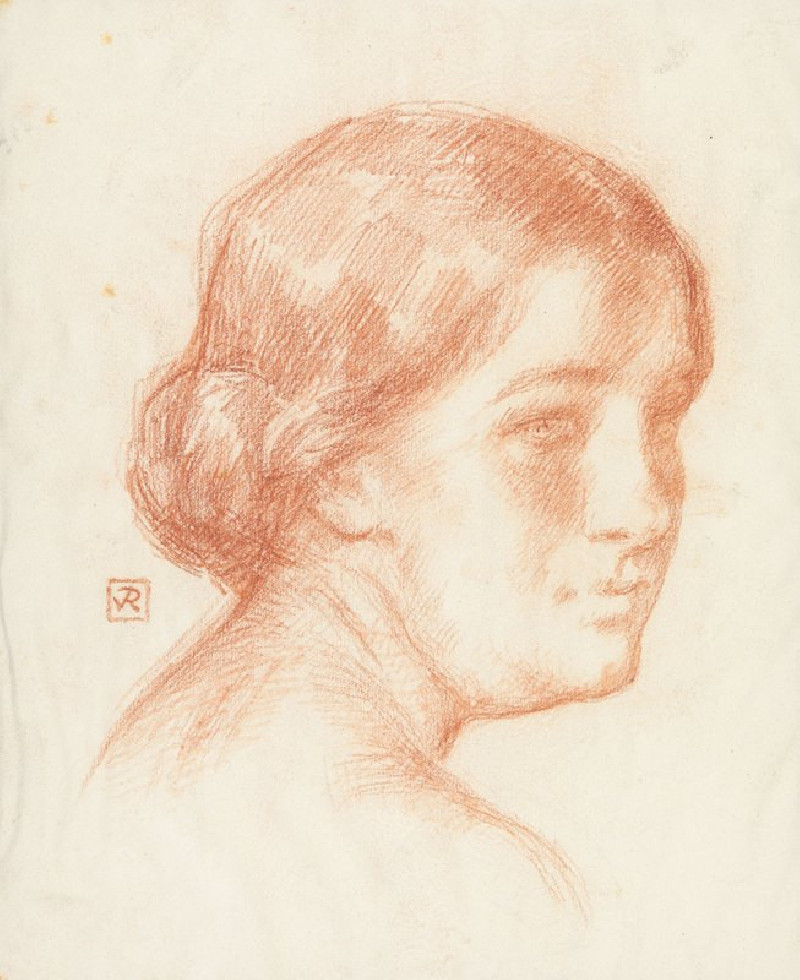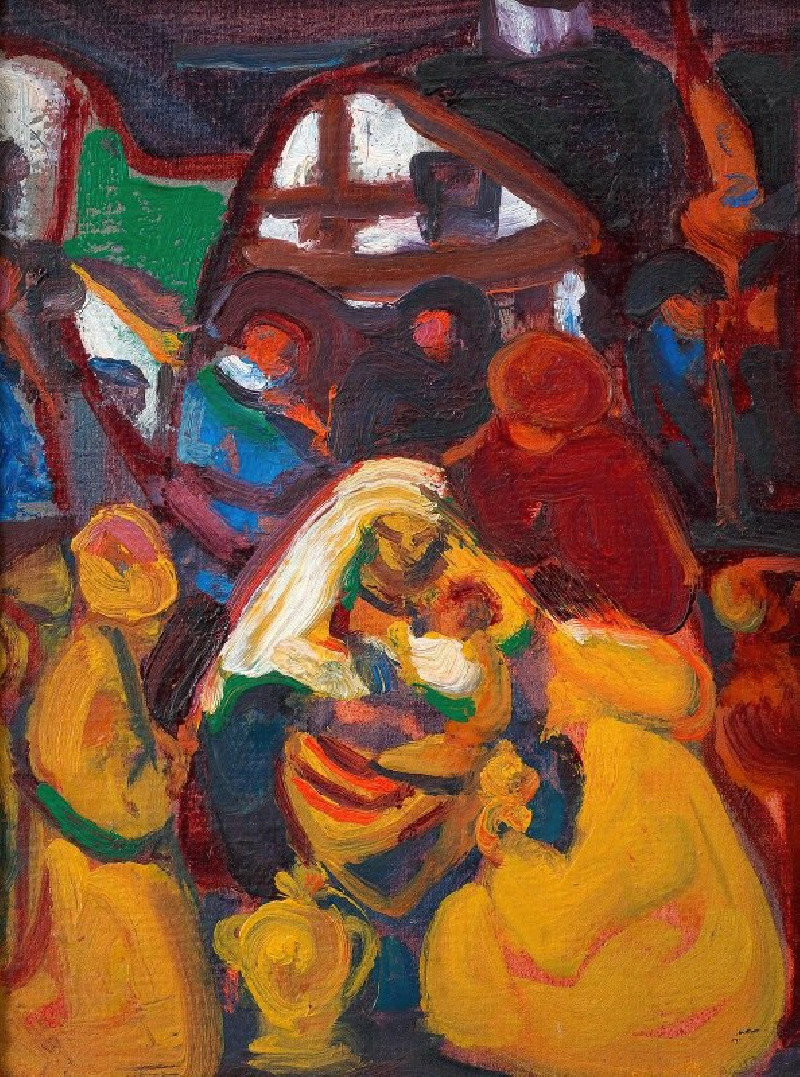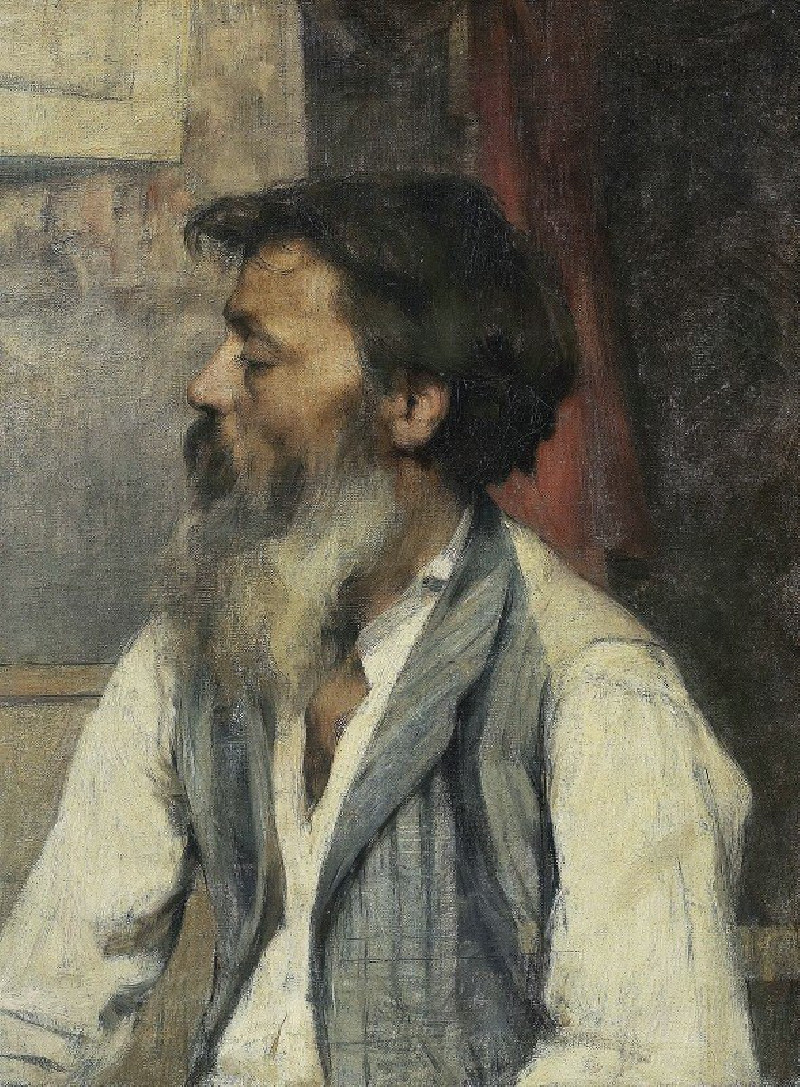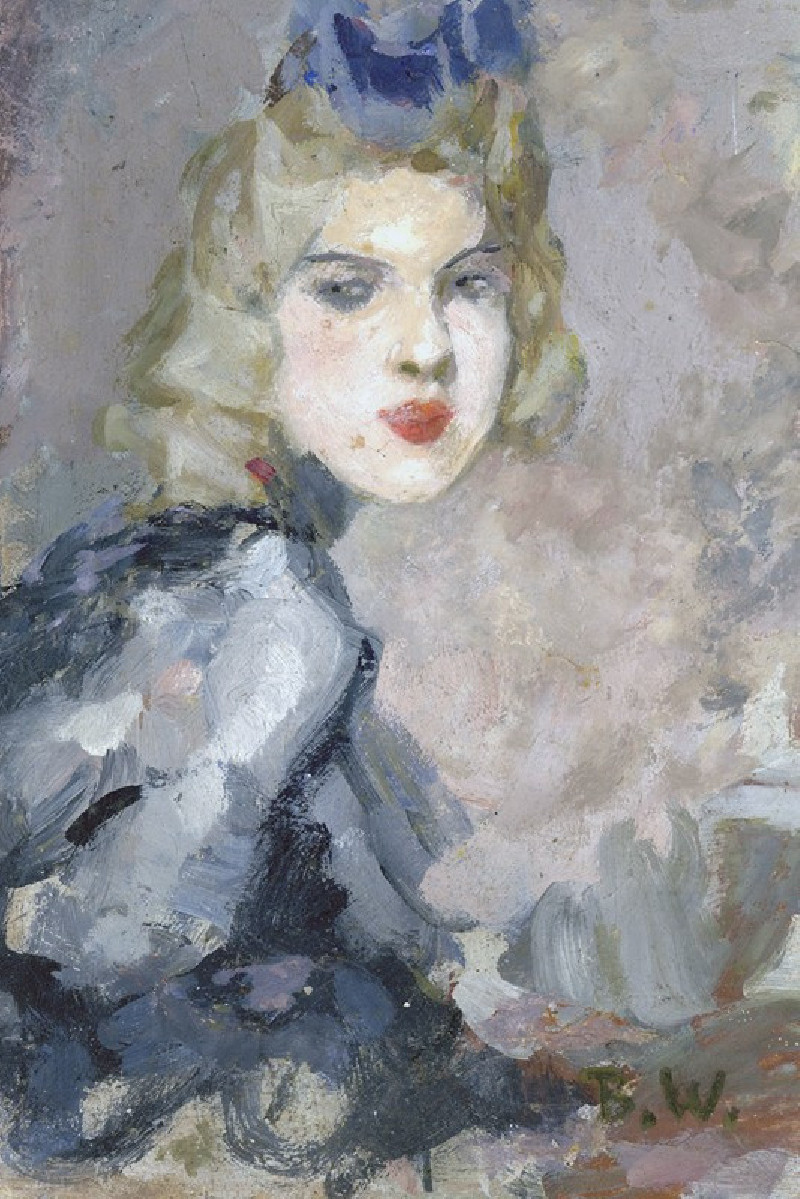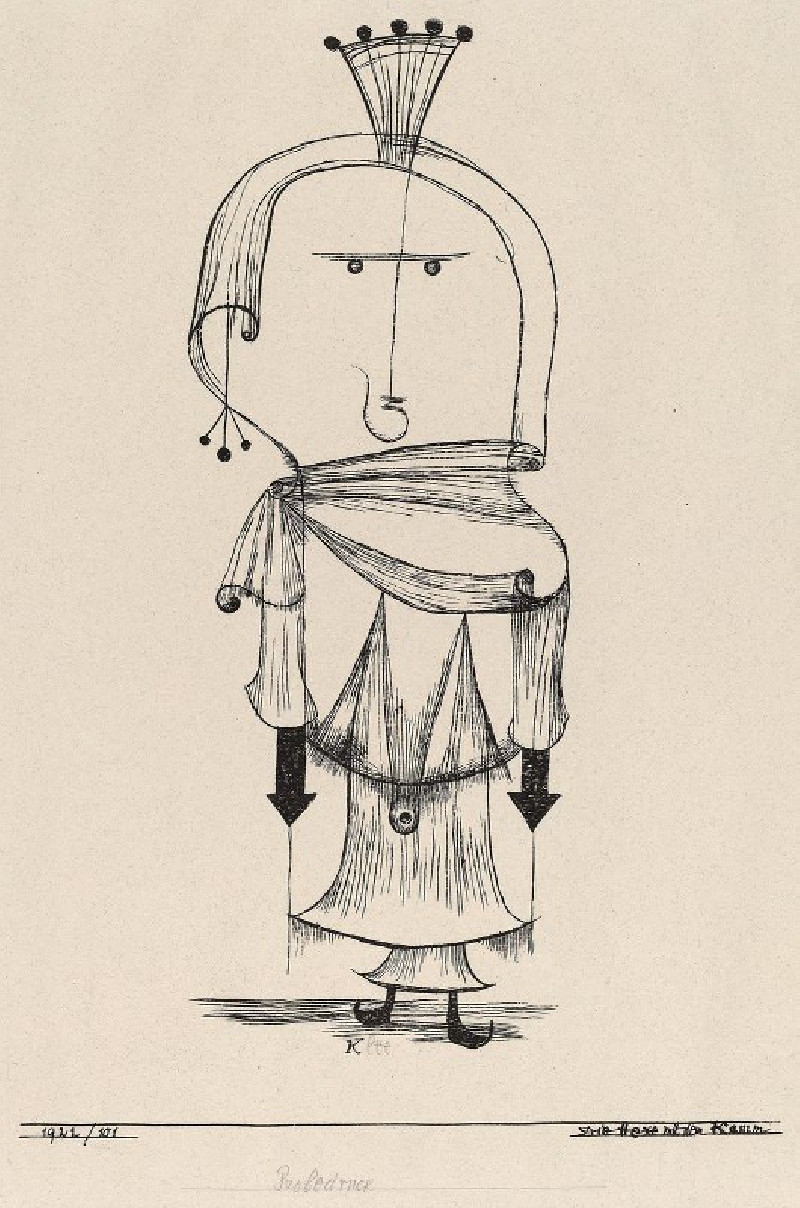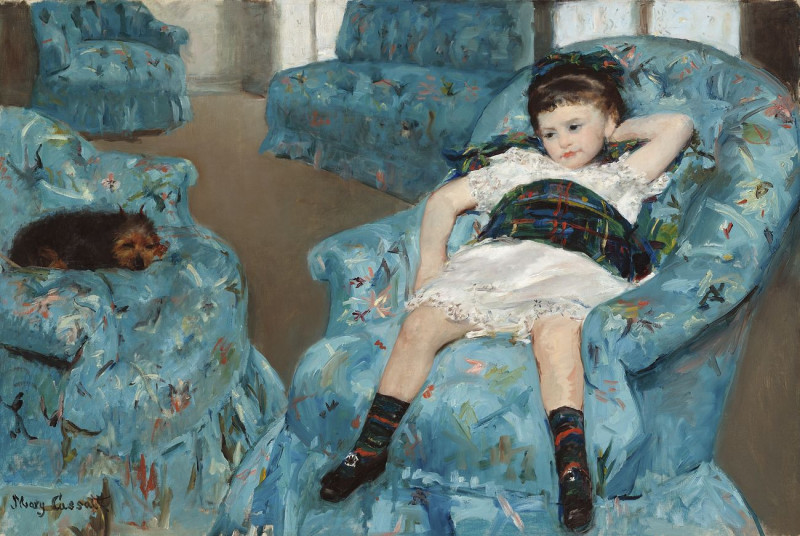Bildnis Botho Graef (1915)
Technique: Giclée quality print
Recommended by our customers
More about this artwork
Ernst Ludwig Kirchner, a seminal figure in the Expressionist movement, brings us an intriguing portrait with his 1915 work, "Bildnis Botho Graef." This drawing is remarkable for its expressive lines and minimalistic approach, capturing not just a likeness but an emotional depth through simplicity and abstraction.In this portrait, Kirchner uses a series of sharp, angular lines to construct the visage of Botho Graef, an art historian known for his scholarly works. The sketch, primarily rendered in pencil, employs rough and rapid strokes that contribute to an impression of intensity and psychological penetration. Kirchner's technique here is less about detailed physical likeness and more about capturing an essence, a method that reveals the subject's character through the artist's emotional response to him.The composition is stark and direct, with Graef's face occupying the majority of the canvas, making an immediate and bold statement. The eyes, slightly asymmetrical, and the marked cheekbones are particularly compelling, drawing the viewer into a silent dialogue with the subject.
Delivery
Returns
Ernst Ludwig Kirchner (1880–1938) was one of the most important German Expressionist painters. He was a co-founder of Die Brücke, a group of German expressionist artists formed in Dresden in 1905. Die Brücke and Kirchner took inspiration from Vincent Van Gogh and Edvard Munch, as well as African and Oceanic art. They used woodblock printing as a medium to showcase their signature style: flat, unrealistic images with vivid colors. The recurring themes in Kirchner's artworks included exotic cultures, faraway landscapes, self-portraits, dancers and Berlin street life. His paintings and prints effectively portrayed non-European cultures despite the fact that he never traveled outside of Europe.

